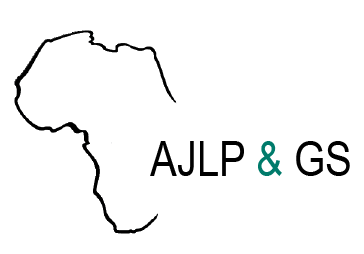Kyungu[1] and Kifunyi[2] are revered places for any Chagga family. It is located within a Chagga Kihamba and is believed to be the origin or first settlement of the clan, marked by the presence of a significant tree and traditional Chagga sacred plant—isale. Within the Kyungu and Kifunyi landscapes, one finds a scatter of material remains, including potsherds, bones, bottles and pieces of clothes. These material cultures and local narratives signify spiritual practices, rituals and remembrance ceremonies around the Kyungu and Kifunyi area. Elders and spiritual leaders meet under Kyungu to perform such rituals and other related ceremonies to remember clan ancestors and ask for ancestral interventions to resolve hunger, droughts and other natural calamities. Following these community—Kyungu and Kifunyi interactions, the landscape in which isale forms a part has acquired a special status serving as a medium through which the living communicates with the dead. Although there is a slight alteration in the performance and continuation of these practices due to the invention of modern religions such as Christianity, these activities continue to take place under and around these spots. The community still cherish and maintains these places as heritage and a connector between the dead and the living. Against this background, this paper seeks to show how land and culture among the Chagga of Kilimanjaro, NE Tanzania are markers of deep-time spirituality and human-environment interactions. This paper argues that land and culture are both symbols and means of identity creation in which social relations between ancestors, the living and even the environment are constructed and prosper. For consistency, this paper uses Kyungu and Kifunyi. [1] Sometimes known as Kiungu or Kyungu[2] Sometimes known as Mbuoni, Mbuonyi, Kifuunyi or Ukuunyi
Autores e editores
Valence Valerian Meriki Silayo


